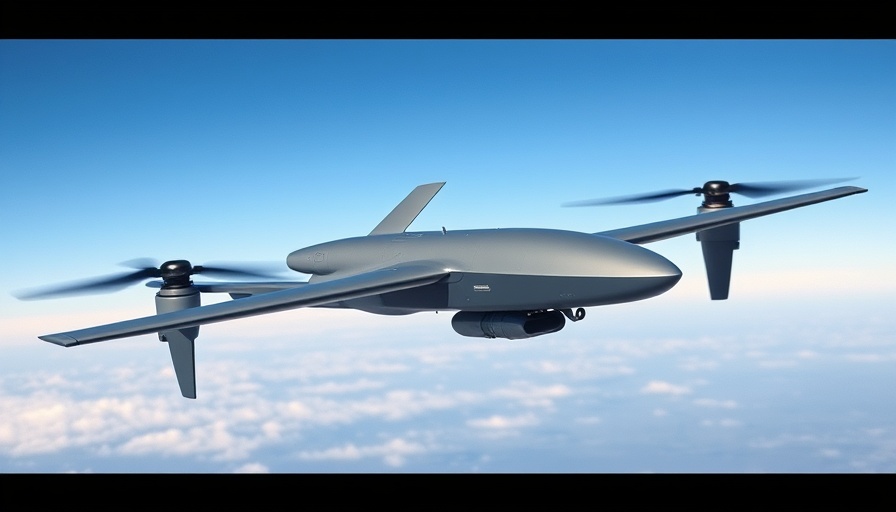
Strategize Your Subcontractor Sourcing: An Investment in Success
In the construction industry, the right subcontractors can mean the difference between project success and costly delays. Business owners, property developers, and facility managers seeking to elevate their construction projects must focus on strategic subcontractor sourcing as a critical component of their project management efforts. As we delve into subcontractor sourcing tips, we explore the importance of nurturing relationships, prioritizing experience, leveraging technology, and choosing wisely.
Nurturing Relationships for Reliable Subcontractors
Building a network of reliable subcontractors starts with relationships. Word of mouth remains one of the strongest methods to discover skilled professionals in the construction industry. Engaging with contacts within your associated networks can yield referrals to subcontractors who are known for their quality work and dependability. Cultivating these relationships can lead to valuable partnerships for both current and future projects.
Experience and Expertise: The Key Indicators
When sourcing subcontractors, it is imperative to prioritize potential candidates’ experience and expertise. A subcontractor’s past work is often a telling reflection of their capabilities. According to industry insights from Builder Trend, an effective four-step process for evaluating subcontractors includes reviewing their past projects, which provides invaluable insights into their quality and reliability. Furthermore, detailed bid proposals help facilitate precise comparisons among candidates, paving the way for informed hiring decisions.
Harnessing Technology to Expand Your Outreach
In today’s digital age, technology has transformed the construction hiring landscape. Online platforms such as freelance job sites, specific Facebook groups, and specialized trade communities are invaluable resources for attracting qualified subcontractors. These platforms allow business owners to examine profiles, past projects, and client testimonials, enabling a comprehensive view of potential hires before making a commitment.
Anticipating Future Trends in Subcontractor Sourcing
The construction industry is evolving with a slew of new trends related to subcontractor management. As businesses increasingly seek efficiency and skill specialization, the demand for subcontractors who are adept at using advanced construction technologies is on the rise. The integration of technology in project management not only enhances productivity but also ensures compliance with safety standards, thus making it essential for businesses to source subcontractors who are well-versed in current construction technology and trends.
Financial Insights: Making Informed Decisions
Understanding the financial implications of hiring subcontractors is equally crucial. Effective cost management relies on assessing not just the price of services offered but also the value that subcontractors bring to a project’s success. A strategic approach involves evaluating potential ROI based on the subcontractor’s track record and aligning choices with the overarching goal of delivering construction projects on schedule and within budget.
Conclusion: Take Action for Your Next Project
As you plan your upcoming construction projects, implementing these subcontractor sourcing strategies can lead to enhanced project outcomes and financial performance. Explore the available digital resources, reach out to your professional network, and prioritize the experience and qualifications of potential subcontractors. For support in your financial needs related to construction, understanding how financing plays a role can empower you to make strategic choices that align with your business objectives.
 Add Row
Add Row  Add
Add 




Write A Comment